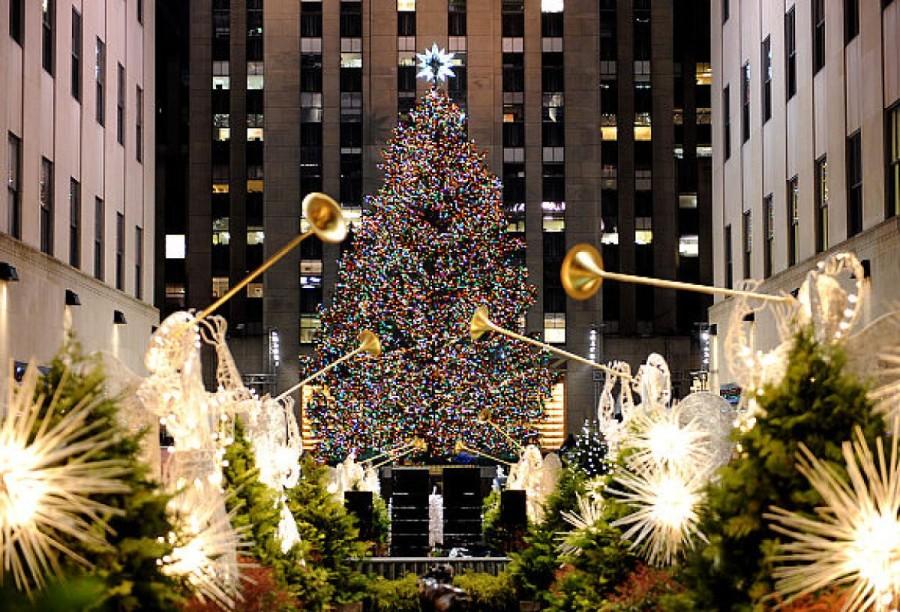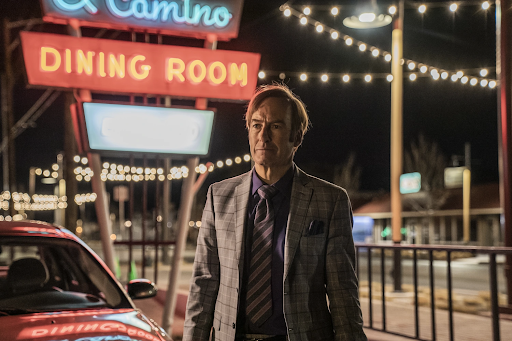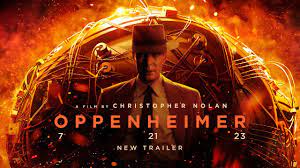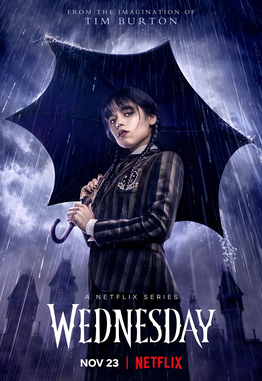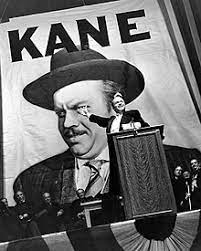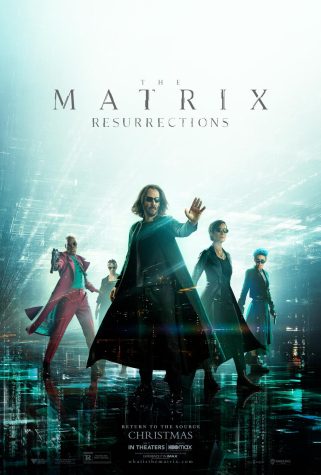Rockefeller Center Christmas Tree
November 18, 2015
Halloween and The World Series have just ended and we are still enjoying mild spring-like weather in the New York area. It seems that Christmas is still far off, but on Friday, November 6, the iconic Rockefeller Christmas Tree arrived in New York City. The arrival of the tree is a sure sign that the holiday season is upon us.
The 2015 Rockefeller Center Christmas Tree is a Norwegian Spruce like so many of the previous trees that have been selected as one of the most famous Christmas trees in the world. The tree comes from the Town of Gardiner in Ulster County, New York. The tree weighs ten tons, is 78 feet tall and has a diameter of 47 feet. A committee conducts a search and selects the tree each year.
The official tree lighting takes place each year on the Wednesday following Thanksgiving. On December 2, millions of people will watch the tree lighting ceremony in person and on television around the globe. The event is free and open to the public. The tradition began in 1931 during the Great Depression. Rockefeller Center was under construction at the time. A group of construction workers set up a Christmas tree on the construction site. Two years later in 1933, the first official tree lighting ceremony took place. Suffice it to say the early Rockefeller Center trees were adorned in a much more Spartan manner that the present day ones.
After conducting a great search, the following are items of interest and little known facts relating to the tree and ceremony:
- In 1931, the first tree was put up unofficially as something of a Depression-era fairy tale.
- The first “official” tree went up in 1933. A publicist organized the first tree-lighting ceremony. A 50 ft pine decorated with 700 lights stood in front of the RCA Building, then eight months old.
- The tree is super patriotic. In 1942 three small trees — each decorated in one of the flag’s colors — were presented in support of the country’s efforts in World War II. In 1944, because of wartime regulations, the tree went unlit. And in 2001, the tree was decorated in red, white, and blue as the US was still reeling from the 9/11 attacks.
- The tree lighting ceremony was first televised in 1951.
- The current tree-topping star boasts 25,000 Swarovski crystals with one million facets. (That’s almost as many facets as the Football State Championship Rings…)
- The tree is solar powered. LED lights were introduced in 2007 and are powered by 300 solar panels installed on the roof of One Rockefeller Center. The tree now saves enough energy to power a 2,000 sq ft single-family home for a month. That’s 2,213 kwH per day.
- The tree’s lights reach farther than you can probably run. There are 45,000 LED lights on 5 mi of wire, roughly the distance from 110th St to 14th St along Broadway, or one mile less than the perimeter of Central Park.
- The tree remains lit for 24 hours straight on Christmas Day and from 5:30am to 11:30pm on all other days with the lights going out at 9pm on New Year’s Eve.
- The largest tree to date was 100 ft tall.
- To find the perfect tree each year, Rockefeller Center conducts aerial searches via helicopter.
- They’ve floated trees down the Hudson River on a barge to get them here.
- Nearly 450 miles is the farthest a tree has traveled to get to Rockefeller Center. Most of the trees come from New England and suburbs of the tri-state area, but this 64 ft spruce was donated by our neighbor to the North in honor of the Centennial of its Confederation (1967). It hailed from Ottawa, to be exact, and was the first tree to come from outside the US.
- Trees are generally donated, not purchased. Rock Center sometimes gives a small payment (in the neighborhood of $2,000) to the owners of its chosen trees.
- This year’s tree is 90 years old and traveled 155 mi to Manhattan.
- The tree gets turned into lots of useful stuff. The evergreen has been even greener since 1971 when it was turned into 30 three-bushel bags of mulch for nature trails in upper Manhattan. It has since been used to build homes for Habitat for Humanity in New York, Louisiana, India, and Brazil, and to rebuild houses in New Orleans after Hurricane Katrina. The stump, however, gets its own afterlife; it’s donated to the US Equestrian Team to be used as an obstacle jump.
- The tree doesn’t need to be watered. Cold outdoor temperatures keep it fresh so it doesn’t dry out like an indoor tree.
- The tree has been the site of many political protests.
- During the holidays, more people will view the tree (750,000) than live in Detroit (~700,000).


